One of the greatest inventions in hiking gear, the hydration pack, solved a major problem that had plagued day hikers and backpackers for decades. Finding clean drinking water on the route isn’t always a guarantee, and bringing enough fluids to last you the whole trip without taking up valuable pack space is always a challenge.
That’s why today, hydration packs are a staple piece of equipment for many hikers, mountain bikers, and trail runners, allowing them to run and travel for hours without having to stop for water or supplies. So, if you’re planning to buy your first hydration pack, you’re probably wondering: Are hydration packs worthwhile?
What are Hydration Packs
This makes it very simple to take sips of water at regular intervals. In addition, it eliminates the need to open your bag to get your bottle, and it also frees up your hands, especially when riding a bike. In fact, with most hydration packs, you don’t even have to stop or slow down to take a drink, you simply grab the drink tube that’s attached to the integrated water reservoir and drink up.
Hydration packs are among the few essentials you should bring on every hike. A hydration pack is a carefully designed backpack or waist bag that can hold a bladder of water and a few pockets for some light snacks or clothes. This bladder is attached to a hose that is fed over your shoulder and held in place, generally on the bag’s chest strap.
The two front flask pockets with secure loops allow you to drink as soon as you feel thirsty, so you can push the limit while staying hydrated. And because drinking from a hydration pack is more convenient you tend to drink more during your trip. This means you’re more hydrated both during and after the exercise. So, whether you enjoy trail running, adventure racing, or another type of multisport, there are packs like hydration belts for running available online that you can choose based on design and features.
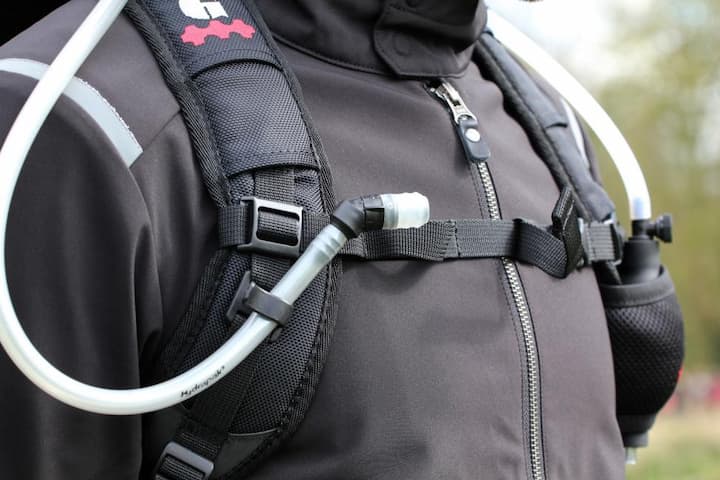
Types of Hydration Packs
Hydration packs are classified into three types: hydration backpacks, hydration vests and hydration waist packs or belts. These packs are designed for certain outdoor sports, such as hiking, jogging, mountain biking, cycling, skiing, and snowboarding. The inbuilt hydration reservoir, which makes drinking easier, is a characteristic shared by all of these packs.
Backpacks
If you want a more adaptable bag that can be used for activities other than running, you should go for a hydration backpack. The backpack is often bigger than the other two alternatives, making it ideal for commuter trips to and from work, and longer hiking adventures. They are perfect for carrying extra goods such as extra clothing, rain gear, nourishment, or tools.
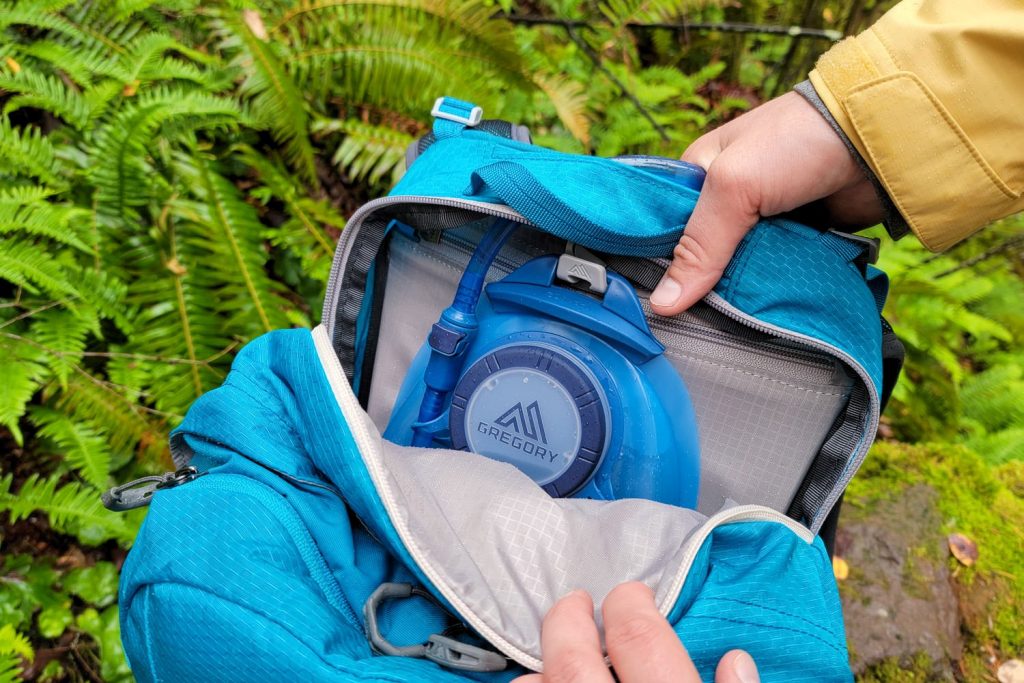
Vests
The hydration vest is particularly intended for running and is a perfect choice if you want maximum running comfort. It is worn high on your back and close to your body, which makes it stay in place when running. The fluid vest’s broad straps under the arms give a better fit than the backpack, which is normally built with smaller straps.
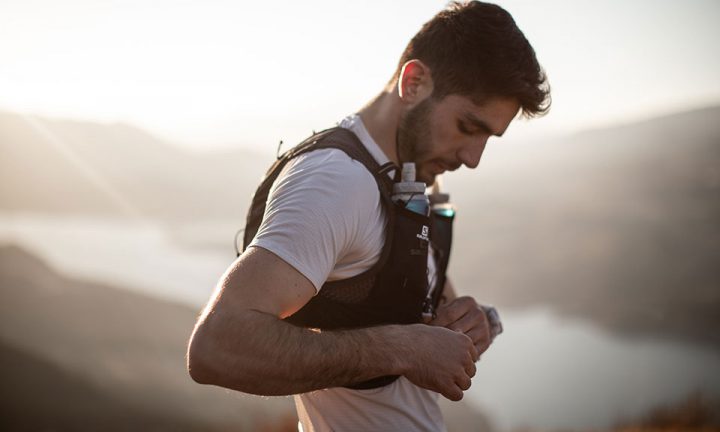
Waist Packs
If you typically go for shorter runs and don’t need to pack more than 500 ml of water, you should go for hydration belts for running because they’re more practical for such activities. Hip packs take the weight off your back, allowing you to stay cooler in the summer. The belt is simple and quick to put on and it is the most lightweight and compact option, making it an excellent choice for short treks or bike trips. But if you’re going on longer runs where you’ll need more water, or need to bring extra clothes or supplies, the other two are a better option.
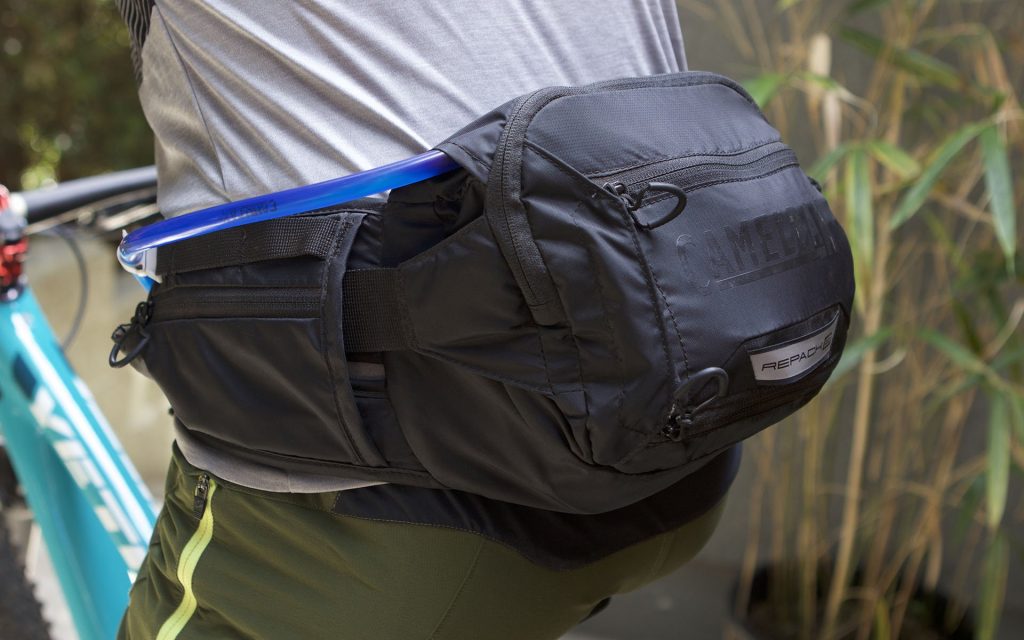
The Hydration Packs Capacity
Capacity is another factor used to characterise hydration packs. The capacity of your running belt, running backpack, or fluid vest is determined by how far you intend to run and how long you intend to be away. How much water would you require? What hydration bladder capacity would meet your hydration requirements? Will you be able to fill your hydration bladder from local water sources? The answers to these and other questions should help you decide which hydration bladder capacity is best for you. Based on capacity, the following are the main types of running packs you can choose from:
1-1.5 Litre Packs
These packs have the lowest capacity and are the lightest in weight. They are adequate for youngsters, recreational cyclists, and short distance training sessions and commuting. These frequently have no carrying capacity, but they are popular among road riders who prefer the ease of a hydration pack sipping tube over faffing around with a conventional water bottle. If you plan on going for a fast trek, or a run when speed is important, this is the hydration pack for you.
2-3 Litre Packs
Two or three litres of water is roughly enough for a full day of hiking or trail running. This capacity is ideal for hikers who don’t want to spend a lot of time refilling their hydration bladders along the way. With 2-3 litres of drinking water, you will have enough or almost enough water for the whole day. These packs are extremely adaptable, making them ideal for skiing, hiking, running, snowboarding, trekking, and a variety of other outdoor sports.
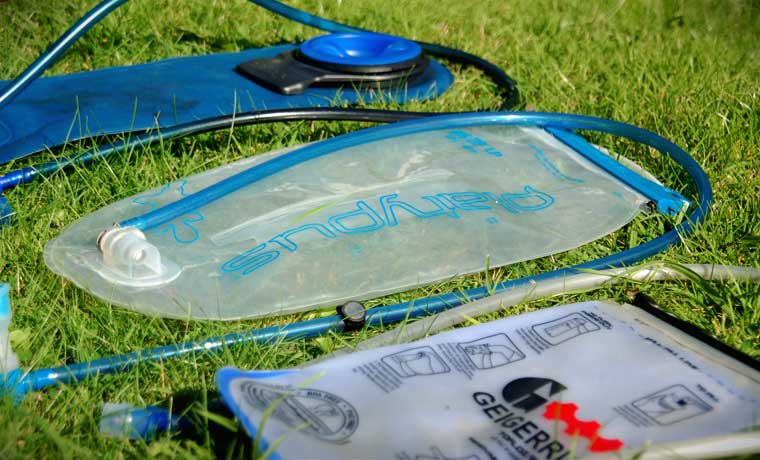
The Hydration Packs Fit
The fit is also a crucial part when deciding on a hydration pack. A poorly fitting pack can rub and chafe, causing skin irritation, inflammation, and general discomfort. Fortunately, selecting a pack that matches your frame helps keep these unpleasant concerns at bay. Some packs have universal sizing that can be manually modified to match your body type, whilst others come in distinct sizes that are supposed to have a more precise fit, comparable to a piece of clothing.
The fit of a hydration vest, like that of any other piece of clothing, is personal, and you may want to try on a few different options before settling on your ideal pack. You can also check to see whether your shop offers a gender-specific category since the female and male models are differently fitted from one another.